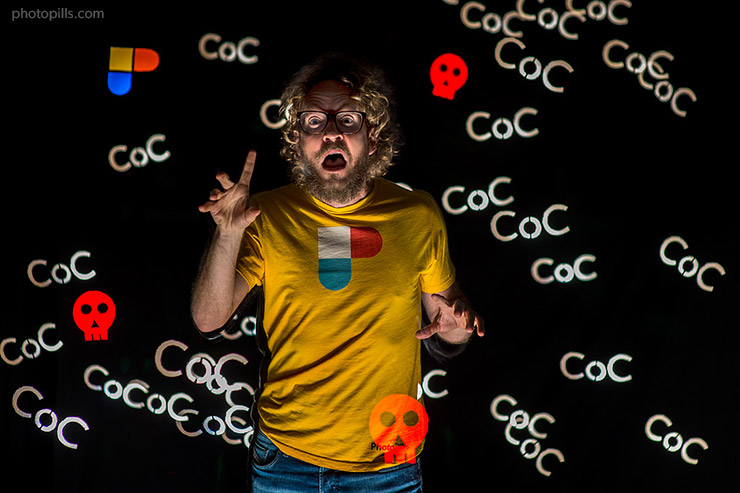romanr74 said:
privatebydesign said:
romanr74 said:
neuroanatomist said:
Orangutan said:
neuroanatomist said:
If all you change is the sensor size, then obviously you are changing the framing. In that case, depth of field is shallower with the smaller sensor because the circle of confusion is smaller.
Please explain this: I can convert a FF to a smaller sensor by putting tape over the outer edges. Are you saying that this would affect the circle of confusion, and therefore the DoF? If so, I've got some reading to do.

That's exactly what I'm saying. In practical terms, sensor size (i.e. the physical area used to capture an image) determines circle of confusion.
In technical terms, it's more complicated than that because CoC is really about 'acceptable blur' which is also a function of output size, viewing distance, and the visual acuity of the viewer. But when talking about depth of field, we hold all of those at a constant value (fixed and arbitrary), so the only thing that determines CoC is the physical size of the image on the capture media (the sensor), because that determines how much you have to enlarge it to achieve the chosen (fixed) output size.
So, but this changes the size of the COC on the output through different magnification, but not the absolute size of the COC at the point the light reaches the sensor.
The size on the sensor is irrelevant. It is the size as it appears to your eye that is relevant.
That implies that reproduction size and viewing distance all change dof, and they do.
There are only two things that create dof, the magnification (to your eye whilst viewing the output not the size on the film/sensor) and the size of the hole the light went through in the lens, the aperture (the physical size not the f number). If the magnification is bigger the dof is narrower, if the aperture is bigger (actual size not number) then the dof is narrower.
Perfectly agree. I believe the confusion between Don, Neuro, Orangutan was on if, how and why changnig the sensor would do anything to the size of the COC the lens produces. And we seem to agree that it doesn't do anyhting at this level.
But the coc size on the sensor is irrelevant, it is the coc size at the given output magnification ( print/screen size and viewing distance). The issue is that for a comparable constant output size a smaller sensor has to be enlarged more, therefore the smaller sensor 'on sensor' coc must be a smaller number. Ergo sensor size, as we equate the concept into actual images, does impact dof for comparative purposes.
Look at it another way, we all know by now that a crop camera is just a crop of a ff camera it just has a smaller sensor. Put a 300mm lens on a tripod and take a picture with a ff camera of a bird on a fence, then take the body off and do the same with a crop camera. Now make two prints the same size of the full output, the bird is bigger in the print from the crop camera, that isn't because the lens magnified the bird more, it is because the crop image is enlarged more, ergo it has less dof. Then make two prints where the bird is the same size, the dof is identical, the only difference is you get more fence in the ff image because the ff print is bigger, however the magnification of the subject is the same so the dof is the same even though the output is from different sensor sizes.
Third scenario, 300mm f 2.8 lens on the ff camera, Sigma 120-300 f2.8 zoom on the crop camera. Take the same framed image as before with both. Print both the same size, now the earlier scenario would suggest the crop image would have less dof because it is magnified more, and the coc on the sensor is smaller, however to get the same framing you had to zoom to 190mm. As we already laid out a smaller physical aperture makes dof deeper, a 190mm f2.8 has an aperture opening of 67mm, a 300mm f2.8 has an aperture opening of 107mm, ergo the crop camera image has a much smaller actual aperture and the deepening of the dof is greater than the narrowing of the dof due to the additional enlargement. The crop camera same framed image has more dof because it was taken through a smaller sized aperture.
These are the three posiblilities we have, a crop camera can be used to get more dof, less dof or the same dof. The camera in and of itself doesn't change anything, what we do with the output especially when used for comparison purposes does.
Incidentally, you can always emulate a crop camera with a ff one, you can't always emulate a ff camera with a crop one.


